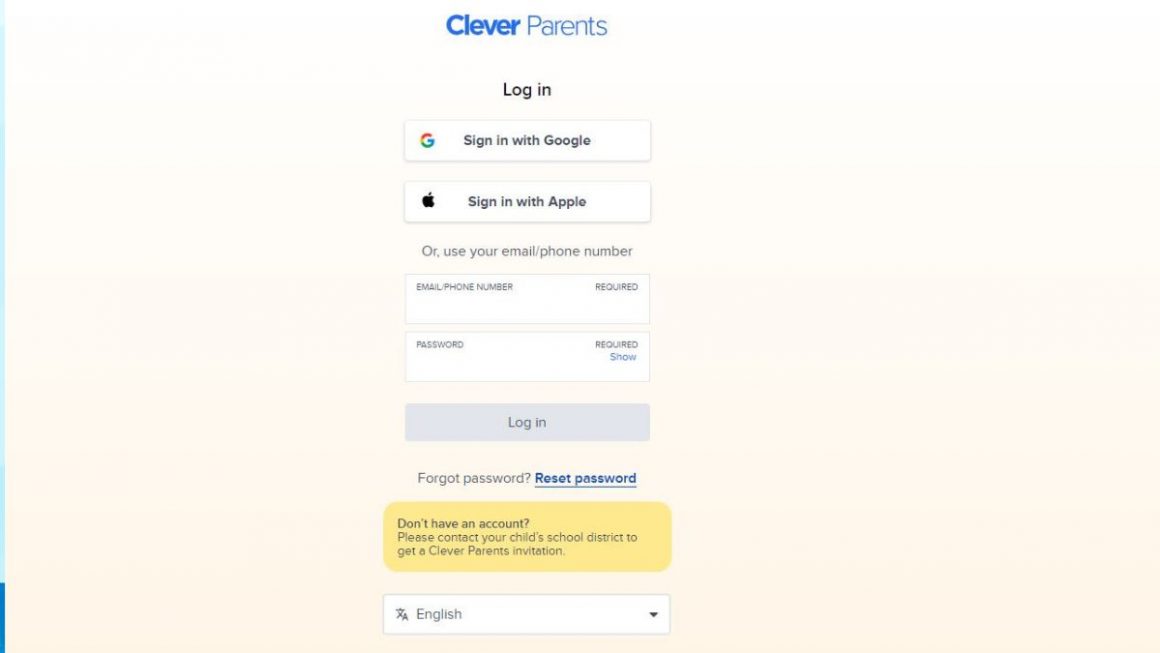With the rise of smart homes and advancements in home automation technology, homeowners are increasingly seeking ways to integrate modern conveniences into their living spaces. However, balancing the desire for cutting-edge tech with budget constraints can be a challenge. This is where a dedicated budget calculator for home automation becomes an essential tool. Here’s how you can navigate the complex world of automation costs and make smart financial decisions. Explore the possibilities of enhancing your home security with cutting-edge smart security cameras, and discover how these advanced devices can be seamlessly integrated into your home automation plan without breaking the bank.
Understanding the Basics of Home Automation Budgeting
Before diving deep into specific costs, it’s essential to grasp the broader landscape of home automation budgeting.
Initial Costs vs. Long-Term Savings: Home automation often requires an upfront investment. However, over time, features like smart thermostats or automated lighting can lead to significant energy savings. To maximize the efficiency and integration of home automation systems, consider exploring solutions provided by ADL Embedded Solutions. Their expertise in embedded technology can contribute to the seamless implementation and long-term effectiveness of your automated home, ensuring that your initial investment translates into sustained energy efficiency and enhanced convenience.
DIY vs. Professional Installation: While DIY solutions might seem more cost-effective, professional installations ensure quality, longevity, and often come with essential after-sales support.
The Role of a Home Automation Budget Calculator
A budget calculator tailored for home automation can help you:
Prioritize your Needs: Not every home automation feature is essential. Decide what’s crucial for your lifestyle and what’s merely a “nice-to-have”.
Estimate Costs: Get a ballpark figure of the total expenses involved, helping you allocate funds efficiently.
Plan for the Future: With technology constantly evolving, it’s wise to set aside a portion of your budget for future upgrades or expansions.
Breaking Down the Costs
When using a budget calculator, consider the following components of home automation:
Hardware: This includes devices like smart speakers, thermostats, cameras, lighting, and sensors.
Software: Some advanced systems come with subscription-based apps or platforms, incurring monthly or yearly fees.
Installation: Depending on the complexity of the system, installation charges can vary.
Maintenance: Just like any other tech, home automation systems need occasional maintenance or upgrades.
Don’t Forget the Hidden Costs
Always keep an eye out for costs that might not be immediately apparent:
Integration Costs: Merging new tech with existing systems or ensuring different devices communicate smoothly can sometimes involve extra expenses.
Energy Consumption: While many devices are energy efficient, adding multiple gadgets can impact your utility bill. Factor this into your ongoing expenses.
Replacement and Repairs: Wear and tear are inevitable. Setting aside a contingency fund can be a wise move.
Making the Most of Your Budget Calculator
To effectively use your calculator:
Stay Updated: Regularly check for price drops, offers, or new products entering the market.
Seek Expert Advice: Consult with professionals who can guide you on maximizing value for your budget.
Review and Adjust: As your needs change, or as technology evolves, revisit your budget and adjust accordingly.
Embracing home automation is about enhancing convenience, security, and efficiency in your living space. With a dedicated budget calculator for home automation technology, you can make informed decisions, ensuring that every dollar spent contributes to making your home smarter and your life easier. By considering both immediate costs and long-term value, you can enjoy the benefits of modern tech without breaking the bank.












